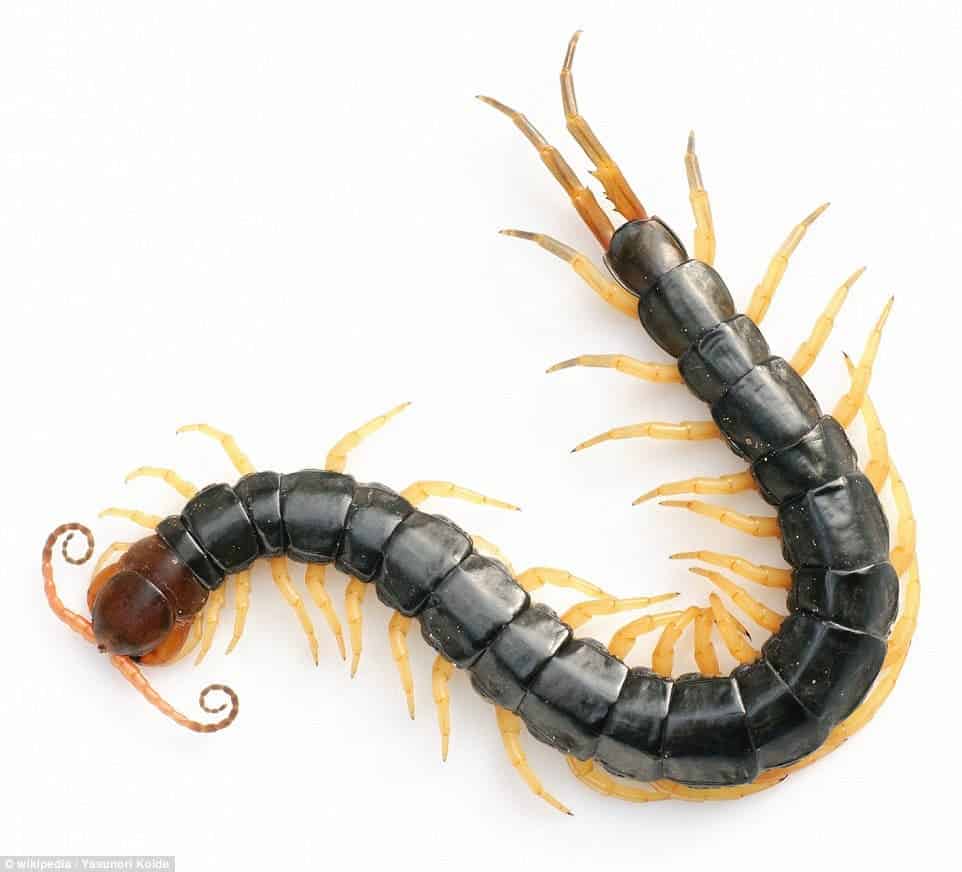Scientists have finally discovered how centipede venom works and have managed to find an antidote for it.
Centipedes are famous for being creepy: each segment of their body has its own pair of legs, with some species having up to 300 legs. To make matters even worse, their mouths have large, threatening claws. Nasty, right? Something about these cylinder-shaped insects just makes me shiver. Alongside the nightmare appearance, nature blessed this myriapod with another spooky feature: venom.
Although predators generally hunt smaller prey, our rock-star insect can hunt prey 15 times (or even more) larger than them. Giant centipedes from Venezuela have been witnessed crawling up cave walls and killing large bats.
Scolopendra subspinipes mutilans, our protagonist, commonly known as the Chinese red-headed centipede, which lives in Asia and Hawaii, weighs only three grams. Researchers recorded how the Chinese red-head killed a 45 g mouse and found that the mouse died due to a toxin found in the centipede’s venom. Although curiosity made me watch the video, I do not recommend viewing it unless you’re prepared for some serious gore.
The SsTx peptide toxin — nicknamed “Spooky Toxin” by the researchers — is responsible for blocking potassium channels throughout the mouse’s body. These channels are found in the cellular membrane of various cells, one of their roles is in muscular contraction. Inhibiting such molecular gateways can have critical effects on the mammal body: the cardiovascular, respiratory, muscular and nervous systems shut down all at once, death occurring in 30 seconds.
“This molecular strategy has not been found in other venomous animals.” said author Shilong Yang, a toxicologist at the Kunming Institute of Zoology in China.
This can also have real medical significance. Centipede bites accounted for approximately 1 in 10 emergency room visits due to natural causes in Hawaii. The bite has been described as very painful, with a swarm of other symptoms including swelling, redness, skin necrosis, swollen lymph nodes, headache, nausea, vomiting, palpitations, anxiety and local itching and burning sensations. Death due to centipede envenomation is extremely rare, occurring if the victim is a child, an elderly person, a cardiac patient or a pet.
Even though the discovery is frightening, there is some good news. Scientists, having identified the lethal toxin, discovered a possible antidote: Retigabine, an anticonvulsant used to treat epilepsy. This drug reopens potassium channels, thus neutralizing the toxin.
The research was published in Proceedings of the National Academy of Sciences.










